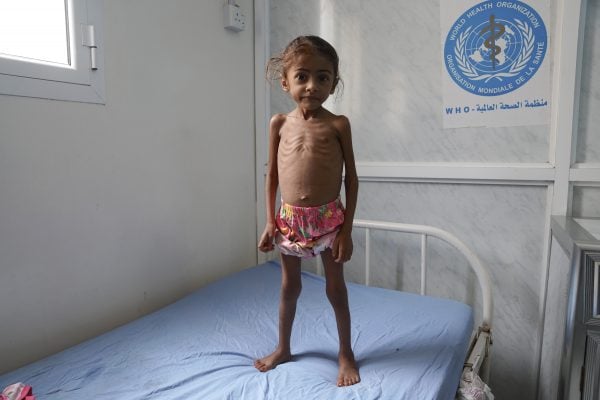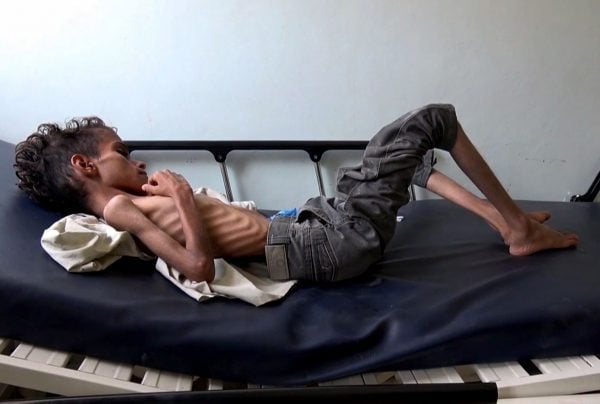
Your three-year-old daughter, Kholod, has deep brown eyes that have seen more than what she ought to in a lifetime.
You plait her thin brown hair. It hangs between her sharp shoulder blades, resting on her prominent vertebrae that look almost like a row of beads running down the centre of her back.
Kholod is sick. Really sick.
She’s been admitted to hospital with severe acute malnutrition. It’s unlikely she will survive.
Your husband is a teacher; one of the most important and noble professions on the planet. He hasn’t been paid in seven months.
You have no way of feeding any of your five children, let alone yourself. You feel as though you’re trapped in a nightmare, the kind where you already know the end.
You will watch your children die, powerless to stop it.




Top Comments
But, Trump has chosen to protect the Saudi Arabian Crown Prince from claims that he had a journalist assassinated in a SA embassy in Turkey. There is actually a sound recording of the man's torturous execution that Trump refuses to have played to him.
All in order to safeguard the hundreds of billions of dollars of arms sales that the US can expect from Saudi Arabia, no doubt helping to prosecute this 'war'.
Trump's just a peach. The Crown Prince is likely a very dangerous man for the region and the world.
And the hundreds of billions of dollars of arms sales isn't even a guaranteed thing yet either. It's not like Mister Bone Saw actually wrote a $450 billion cheque to the US, he just made a promise that they would. At some point...